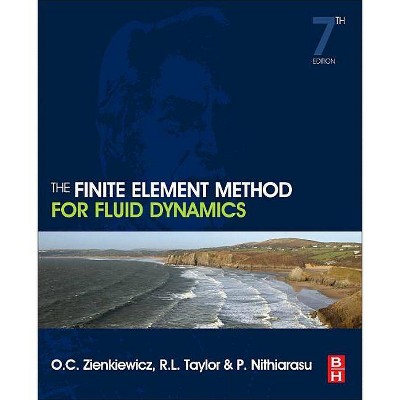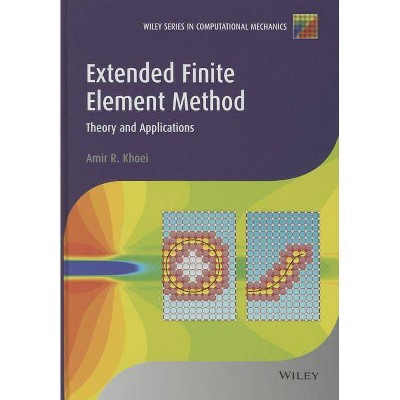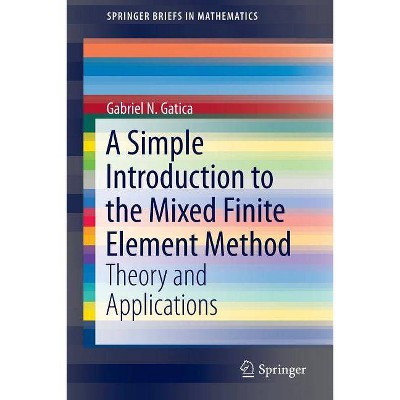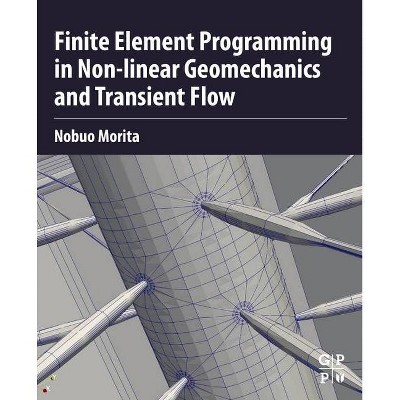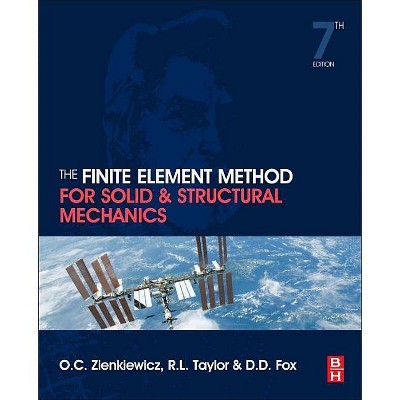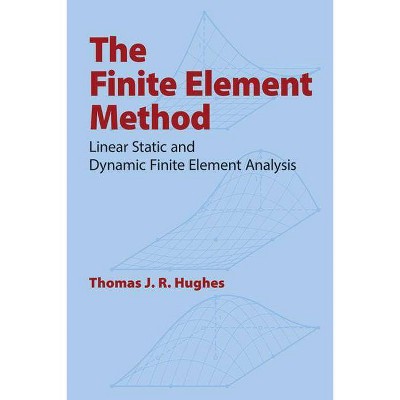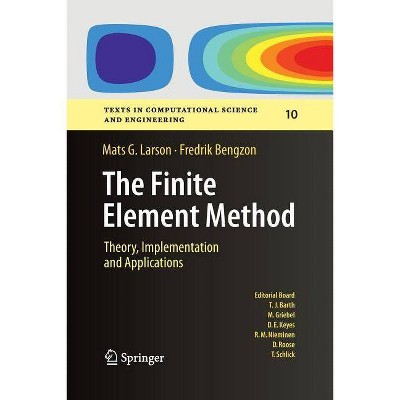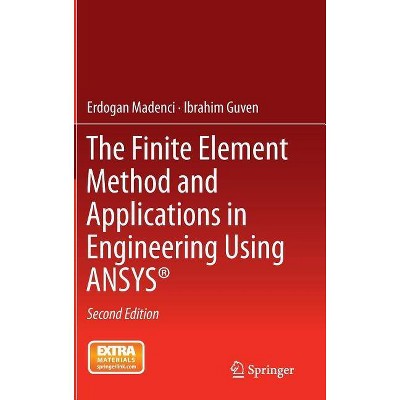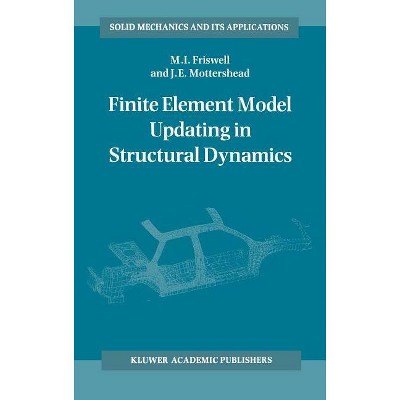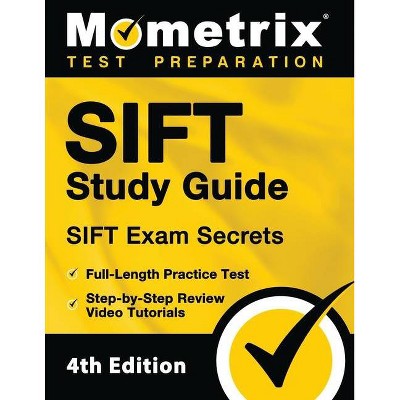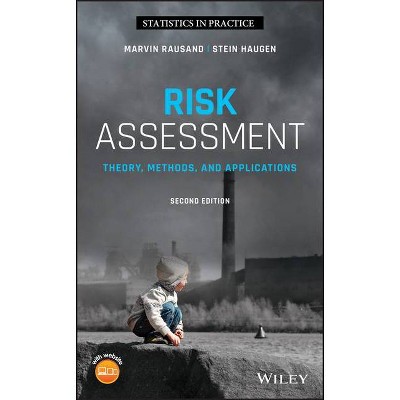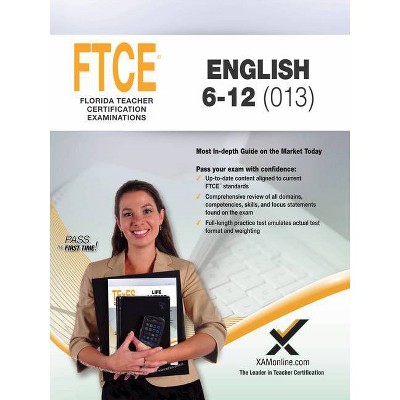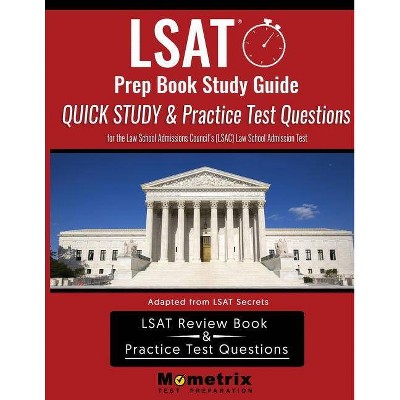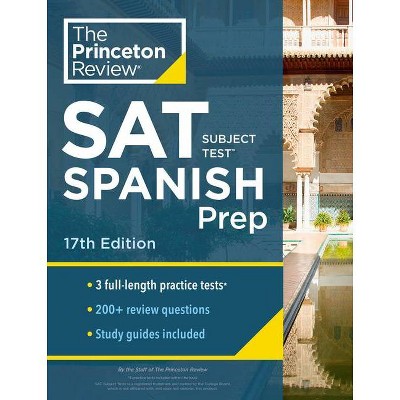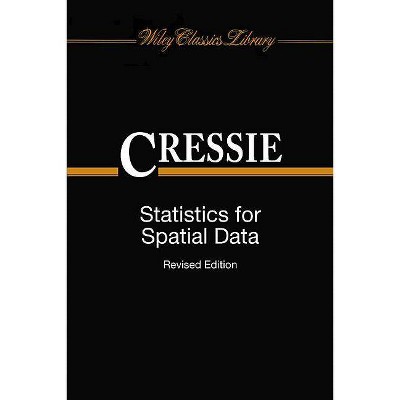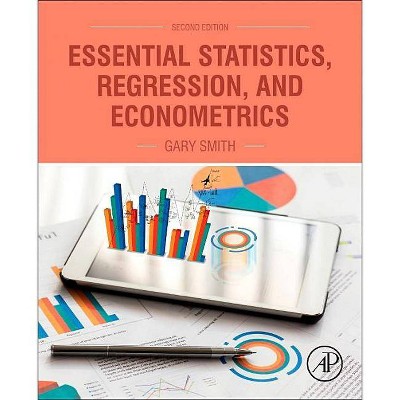Introduction to the Explicit Finite Element Method for Nonlinear Transient Dynamics - by Shen R Wu & Lei Gu (Hardcover)
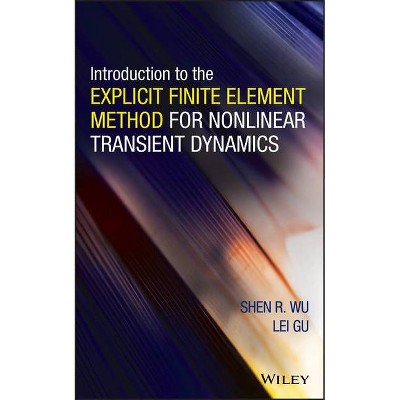
Similar Products
Products of same category from the store
AllProduct info
<p/><br></br><p><b> About the Book </b></p></br></br>"This is the first book to specifically address the explicit finite element method for nonlinear transient dynamics. This book aids readers in mastering the explicit finite element method as well as programming a code without extensively reading the more general finite element books. This book consists of 12 chapters within four sections including: the variation principles and formulation of the explicit finite element method for nonlinear transient dynamics; the finite element technology with 4-node and 3-node Reissner-Mindlin plate bending elements, the 8-node solid elements, etc.; plasticity and nonlinear material models; and contact algorithms and other kinematic constraint conditions. Each chapter contains a list of carefully chosen references intended to help readers to further explore the related subjects"--<p/><br></br><p><b> Book Synopsis </b></p></br></br><p><b>A systematic introduction to the theories and formulations of the explicit finite element method</b></p> <p>As numerical technology continues to grow and evolve with industrial applications, understanding the explicit finite element method has become increasingly important, particularly in the areas of crashworthiness, metal forming, and impact engineering. <i>Introduction to the Explicit Finite</i> <i>Element Method for Nonlinear Transient Dynamics</i> is the first book to address specifically what is now accepted as the most successful numerical tool for nonlinear transient dynamics. The book aids readers in mastering the explicit finite element method and programming code without requiring extensive background knowledge of the general finite element.</p> <p>The authors present topics relating to the variational principle, numerical procedure, mechanical formulation, and fundamental achievements of the convergence theory. In addition, key topics and techniques are provided in four clearly organized sections: </p> <p>- <b>Fundamentals</b> explores a framework of the explicit finite element method for nonlinear transient dynamics and highlights achievements related to the convergence theory</p> <p>- <b>Element Technology</b> discusses four-node, three-node, eight-node, and two-node element theories</p> <p>- <b>Material Models</b> outlines models of plasticity and other nonlinear materials as well as the mechanics model of ductile damage</p> <p>- <b>Contact and Constraint Conditions</b> covers subjects related to three-dimensional surface contact, with examples solved analytically, as well as discussions on kinematic constraint conditions</p> <p>Throughout the book, vivid figures illustrate the ideas and key features of the explicit finite element method. Examples clearly present results, featuring both theoretical assessments and industrial applications.</p> <p><i>Introduction to the Explicit Finite Element Method for Nonlinear Transient Dynamics</i> is an ideal book for both engineers who require more theoretical discussions and for theoreticians searching for interesting and challenging research topics. The book also serves as an excellent resource for courses on applied mathematics, applied mechanics, and numerical methods at the graduate level.</p><p/><br></br><p><b> From the Back Cover </b></p></br></br><p><b>A systematic introduction to the theories and formulations of the explicit finite element method</b> <p>As numerical technology continues to grow and evolve with industrial applications, understanding the explicit finite element method has become increasingly important, particularly in the areas of crashworthiness, metal forming, and impact engineering. <i>Introduction to the Explicit Finite Element Method for Nonlinear Transient Dynamics</i> is the first book to address specifically what is now accepted as the most successful numerical tool for nonlinear transient dynamics. The book aids readers in mastering the explicit finite element method and programming code without requiring extensive background knowledge of the general finite element. <p>The authors present topics relating to the variational principle, numerical procedure, mechanical formulation, and fundamental achievements of the convergence theory. In addition, key topics and techniques are provided in four clearly organized sections: <ul> <li><b>Fundamentals</b> explores a framework of the explicit finite element method for nonlinear transient dynamics and highlights achievements related to the convergence theory</li> <li><b>Element Technology</b> discusses four-node, three-node, eight-node, and two-node element theories</li> <li><b>Material Models</b> outlines models of plasticity and other nonlinear materials as well as the mechanics model of ductile damage</li> <li><b>Contact and Constraint Conditions</b> covers subjects related to three-dimensional surface contact, with examples solved analytically, as well as discussions on kinematic constraint conditions</li> </ul> <p>Throughout the book, vivid figures illustrate the ideas and key features of the explicit finite element method. Examples clearly present results, featuring both theoretical assessments and industrial applications. <p><i>Introduction to the Explicit Finite Element Method for Nonlinear Transient Dynamics</i> is an ideal book for both engineers who require more theoretical discussions and for theoreticians searching for interesting and challenging research topics. The book also serves as an excellent resource for courses on applied mathematics, applied mechanics, and numerical methods at the graduate level.<p/><br></br><p><b> About the Author </b></p></br></br><p><b>SHEN R. WU, PHD, </b> has teaching and research interest in shell theory, the finite element method, the variational principle, and contact problems. In addition, he has extensive experience in the explicit finite element method, including the convergence theory, the diagonal mass matrix, the Reisner-Mindlin element, contact algorithms, material models, software development, and its applications. <p><b>LEI GU, PHD, </b> has teaching and research interest in fracture mechanics, the finite element method, the mesh-free method, the optimization method, with extensive experience in the explicit finite element method such as software development, the diagonal mass matrix, robustness analysis, and its practical applications.
Price History
Price Archive shows prices from various stores, lets you see history and find the cheapest. There is no actual sale on the website. For all support, inquiry and suggestion messages communication@pricearchive.us
